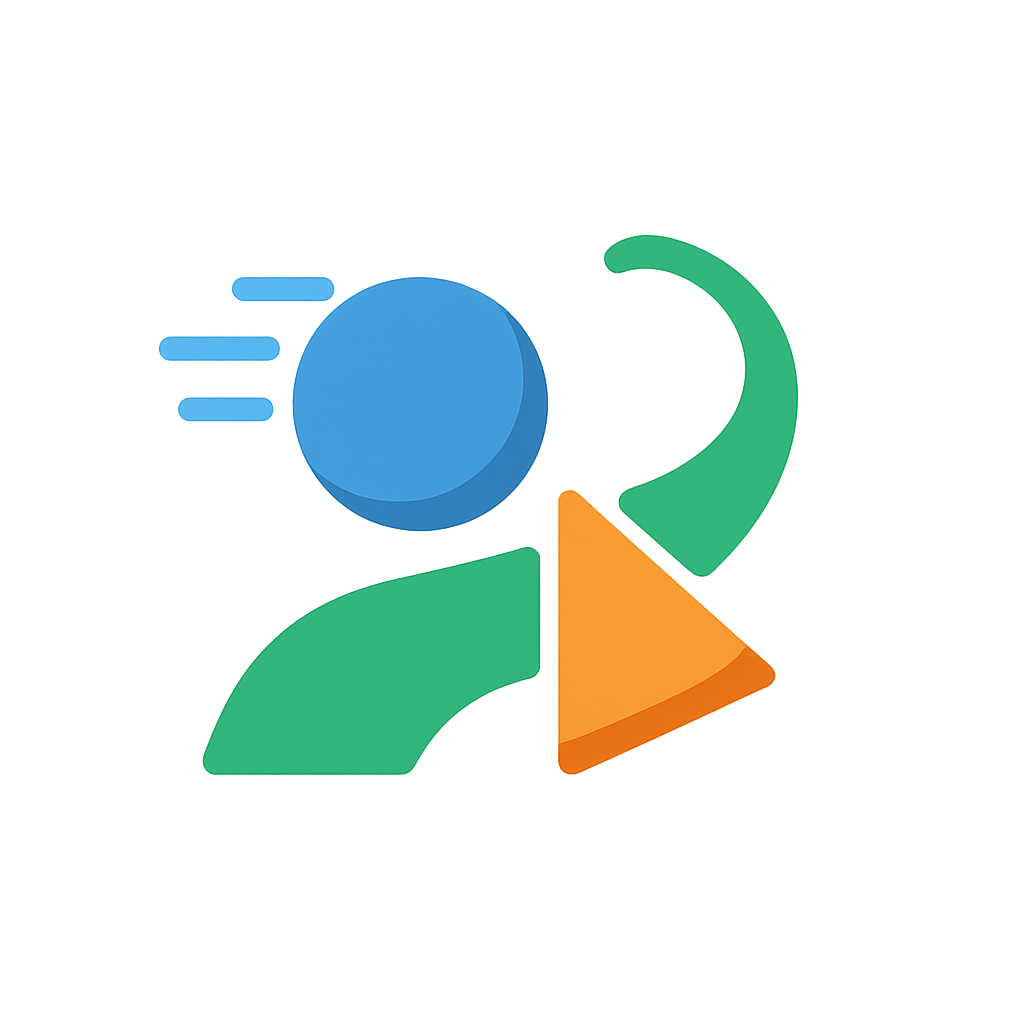I Am Motion: The Story of How Things Move
Have you ever wondered what makes the leaves on a tree dance in the wind or what sends a kite soaring high into the clouds? I am there. Have you ever kicked a soccer ball and watched it fly into a goal, or spun a top and watched it whirl like a tiny tornado? That’s me, too. I am an invisible force, a secret energy that pushes and pulls everything in the universe, from the smallest grain of sand tumbling in the ocean to the giant planets spinning in the silent darkness of space. I am the rush you feel on a rollercoaster and the gentle sway of a swing. I am everywhere, in everything, all the time. Can you guess my name? I am the grand, never-ending dance of the universe. I am Motion.
For thousands of years, people saw me but didn't quite understand me. They were full of curiosity. One of the first great thinkers to try and explain me was a man in ancient Greece named Aristotle. He believed that everything had a natural place it wanted to be. He thought a rock fell because it wanted to be on the ground, and smoke rose because it wanted to be in the sky. It was a good start, but he was missing some important clues. Many centuries later, an Italian scientist named Galileo Galilei decided to look closer. He didn't just think about me; he watched me. He performed experiments, rolling balls down smooth ramps to see how they sped up. Legend says he even dropped two different-sized balls from the top of the Leaning Tower of Pisa to prove they would hit the ground at the same time. Galileo showed that to understand me, you had to observe and measure. He was getting warmer. Then, one day in England, a brilliant man named Isaac Newton was sitting under a tree when an apple fell and bopped him on the head. Or so the story goes. Watching that apple fall sparked a monumental idea. He realized that the same invisible pull that brought the apple to the ground was the very same force that kept the Moon circling the Earth. He came up with three simple but powerful rules—his famous Laws of Motion. These laws were like a secret key that unlocked my mysteries, explaining everything from why you lurch forward when a car stops to how a rocket can escape our planet. Thanks to Newton, the world finally had a rulebook for my invisible dance.
My journey didn't end with Newton's apple. In fact, it was just the beginning. Once people understood my rules, they could use me to create incredible things. Think about it. The engine in a car uses my laws to push a heavy vehicle down the road. The wings of an airplane are shaped perfectly to use me to lift a massive jet into the air. And spaceships. They use Newton’s third law—that for every action, there is an equal and opposite reaction—to blast off into space. Every time a rocket pushes gas out from its engine, I push the rocket forward. Even the video games you play are built on my principles, creating virtual worlds where characters can run, jump, and fly realistically. I am a fundamental part of our universe, connecting the smallest atom to the largest galaxy. By continuing to study me, you can imagine and build the future. What new wonders will you create with me?
Reading Comprehension Questions
Click to see answer
